Justice Kavanaugh seems to argue no votes should be counted after Election Day. He may get his wish in key states.

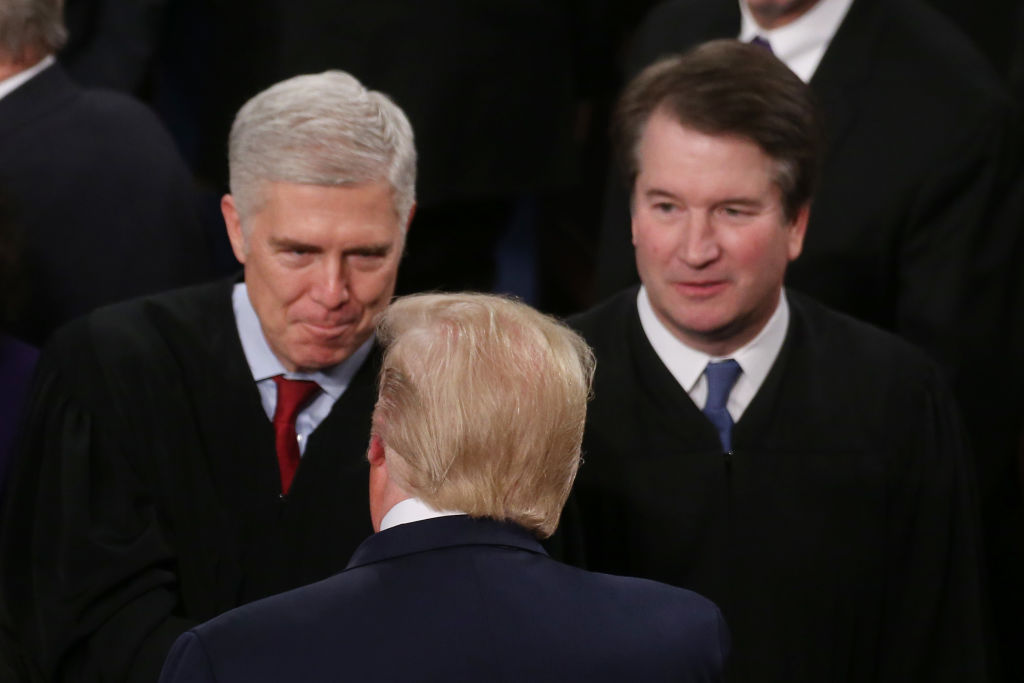
The Supreme Court sided with Republicans in Wisconsin on Monday, ruling 5-3 along ideological lines that Wisconsin can count only those absentee ballots that arrive by Election Day — even if they were mailed days earlier. Since first-class mail has been taking an average of 10 days to be delivered in the state, Wisconsin's Democratic Party urged mail-in Democrats to hand-deliver their absentee ballots or vote in person.
The practical issue involves what happens with Wisconsin's 700,000 outstanding absentee ballots. "But the deeper issue is about the extent to which a ballot should be considered as valid," Phillip Bump writes in The Washington Post. In a factually sloppy concurring opinion, Justice Brett Kavanaugh evidently embraced President Trump's baseless conspiracies about voter fraud and bizarre demand that the winner be announced election night.
Many states require absentee ballots to arrive by Election Day because they "want to avoid the chaos and suspicions of impropriety that can ensue if thousands of absentee ballots flow in after election day and potentially flip the results of an election," Kavanaugh wrote. "And those states also want to be able to definitively announce the results of the election on election night, or as soon as possible thereafter."
The Week
Escape your echo chamber. Get the facts behind the news, plus analysis from multiple perspectives.

Sign up for The Week's Free Newsletters
From our morning news briefing to a weekly Good News Newsletter, get the best of The Week delivered directly to your inbox.
From our morning news briefing to a weekly Good News Newsletter, get the best of The Week delivered directly to your inbox.
Justice Elena Kagan, in her dissent, noted that "there are no results to 'flip' until all valid votes are counted. And nothing could be more 'suspicio[us]' or 'improp[er]' than refusing to tally votes once the clock strikes 12 on election night."
More broadly, Kavanaugh — and Justice Neil Gorsuch — embraced late Chief Justice William Rehnquist's concurring opinion in 2000's Bush v. Gore, which invented a legal theory "so radical, so contrary to basic principles of democracy and federalism, that two conservative justices" rejected it, even as they agreed to hand the White House to George W. Bush in what was supposed to be a one-off decision, Mark Joseph Stern writes at Slate.
Rehnquist argued that state courts cannot interpret state election laws in federal elections, Stern writes, "a breathtaking assault on state sovereignty" that would transform the Supreme Court "into a national board of elections with veto power over each state's election rules." With Judge Amy Coney Barrett on the court, the conservatives likely have five votes to enact Rehnquist's theory, throwing out ballots in Pennsylvania and North Carolina as well as Wisconsin, he added. "In other words, Barrett's first decisions as a justice may determine the outcome of the election."
A free daily email with the biggest news stories of the day – and the best features from TheWeek.com
Peter has worked as a news and culture writer and editor at The Week since the site's launch in 2008. He covers politics, world affairs, religion and cultural currents. His journalism career began as a copy editor at a financial newswire and has included editorial positions at The New York Times Magazine, Facts on File, and Oregon State University.
-
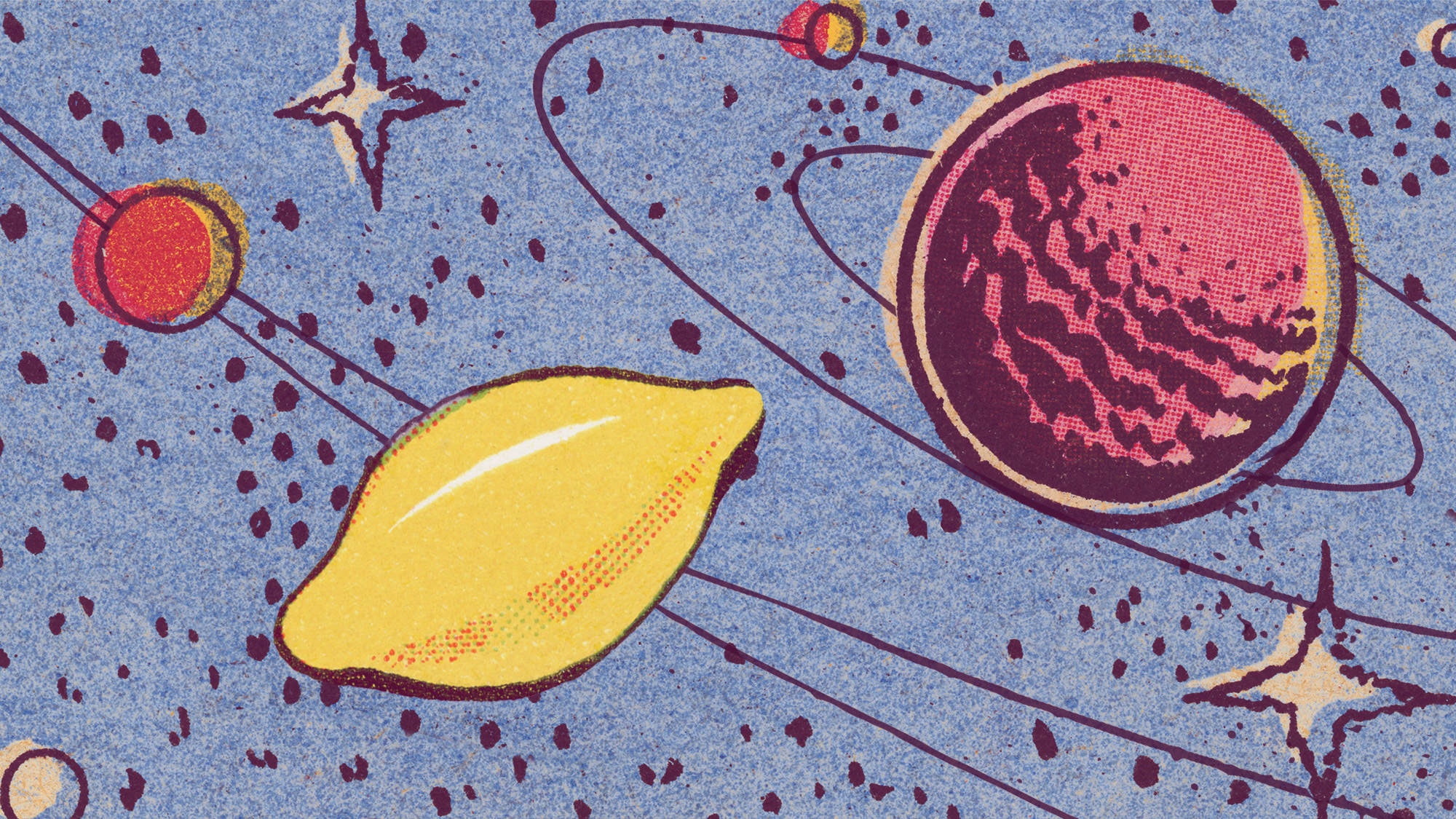 A lemon-shaped exoplanet is squeezing what we know about planet formation
A lemon-shaped exoplanet is squeezing what we know about planet formationUnder the radar It may be made from a former star
-
 Political cartoons for January 4
Political cartoons for January 4Cartoons Sunday's political cartoons include a resolution to learn a new language, and new names in Hades and on battleships
-
 The ultimate films of 2025 by genre
The ultimate films of 2025 by genreThe Week Recommends From comedies to thrillers, documentaries to animations, 2025 featured some unforgettable film moments
-
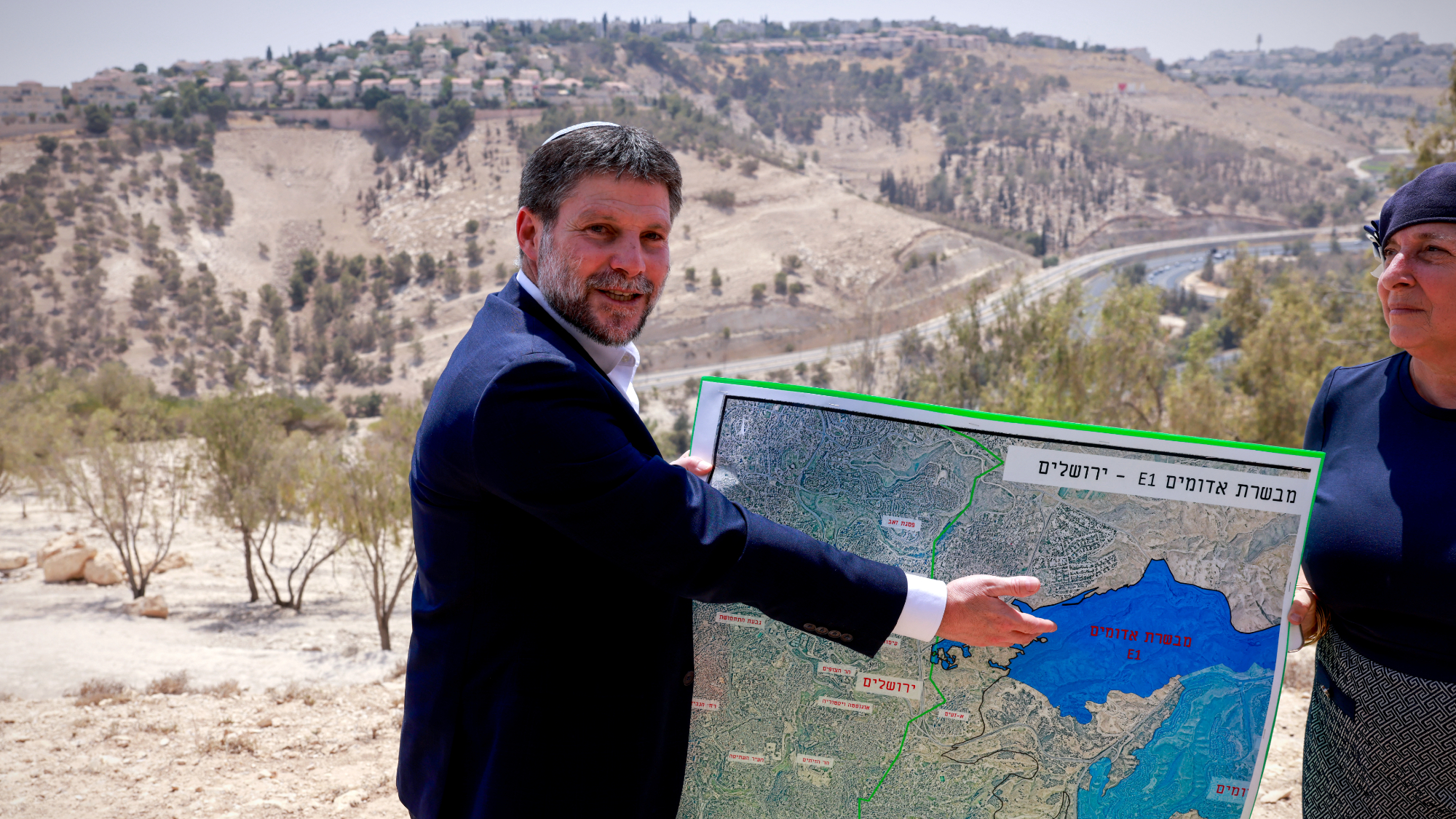 Israel approves new West Bank settlements
Israel approves new West Bank settlementsSpeed Read The ‘Israeli onslaught has all but vanquished a free Palestinian existence in the West Bank’
-
 US offers Ukraine NATO-like security pact, with caveats
US offers Ukraine NATO-like security pact, with caveatsSpeed Read The Trump administration has offered Ukraine security guarantees similar to those it would receive from NATO
-
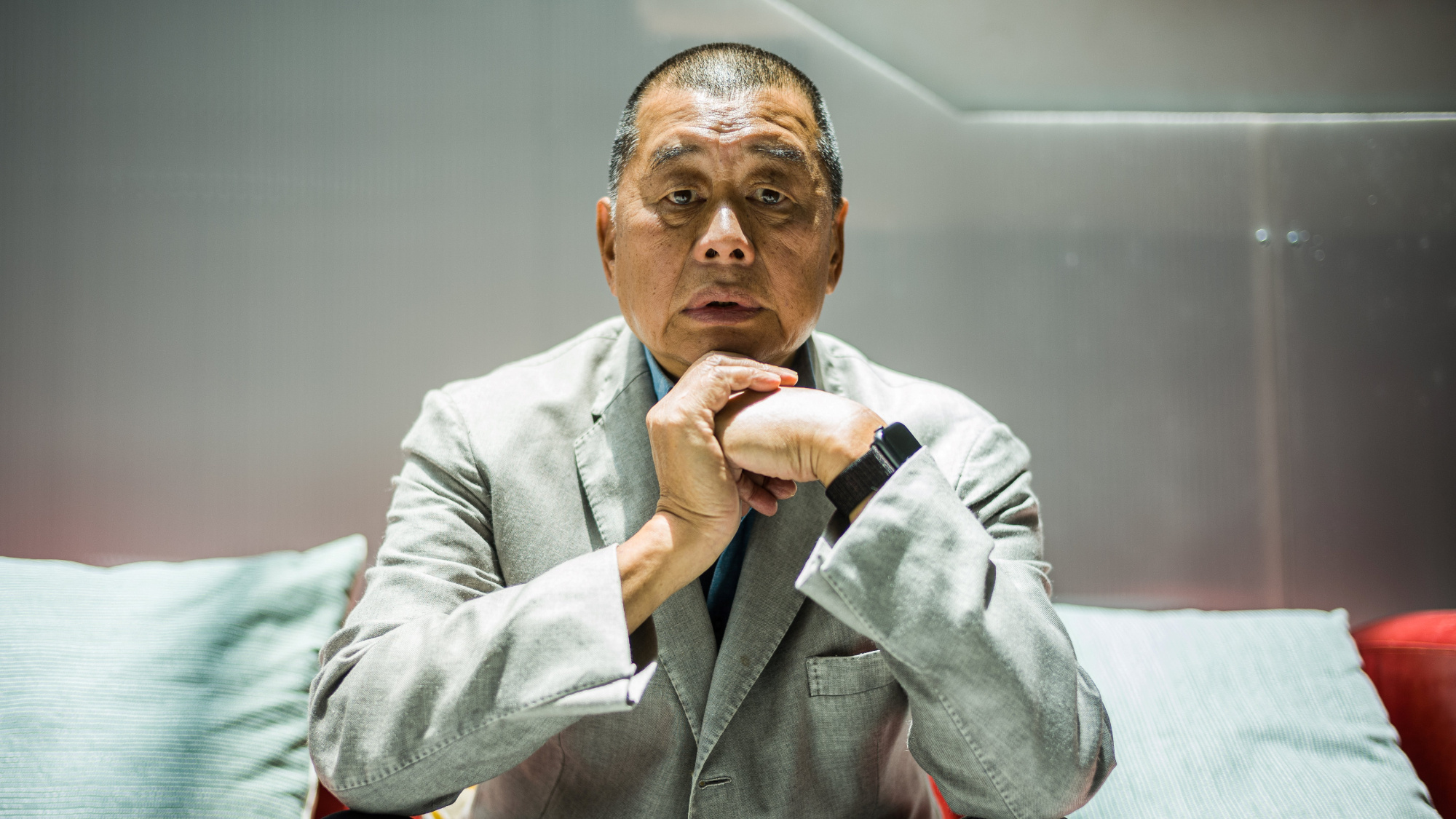 Hong Kong court convicts democracy advocate Lai
Hong Kong court convicts democracy advocate LaiSpeed Read Former Hong Kong media mogul Jimmy Lai was convicted in a landmark national security trial
-
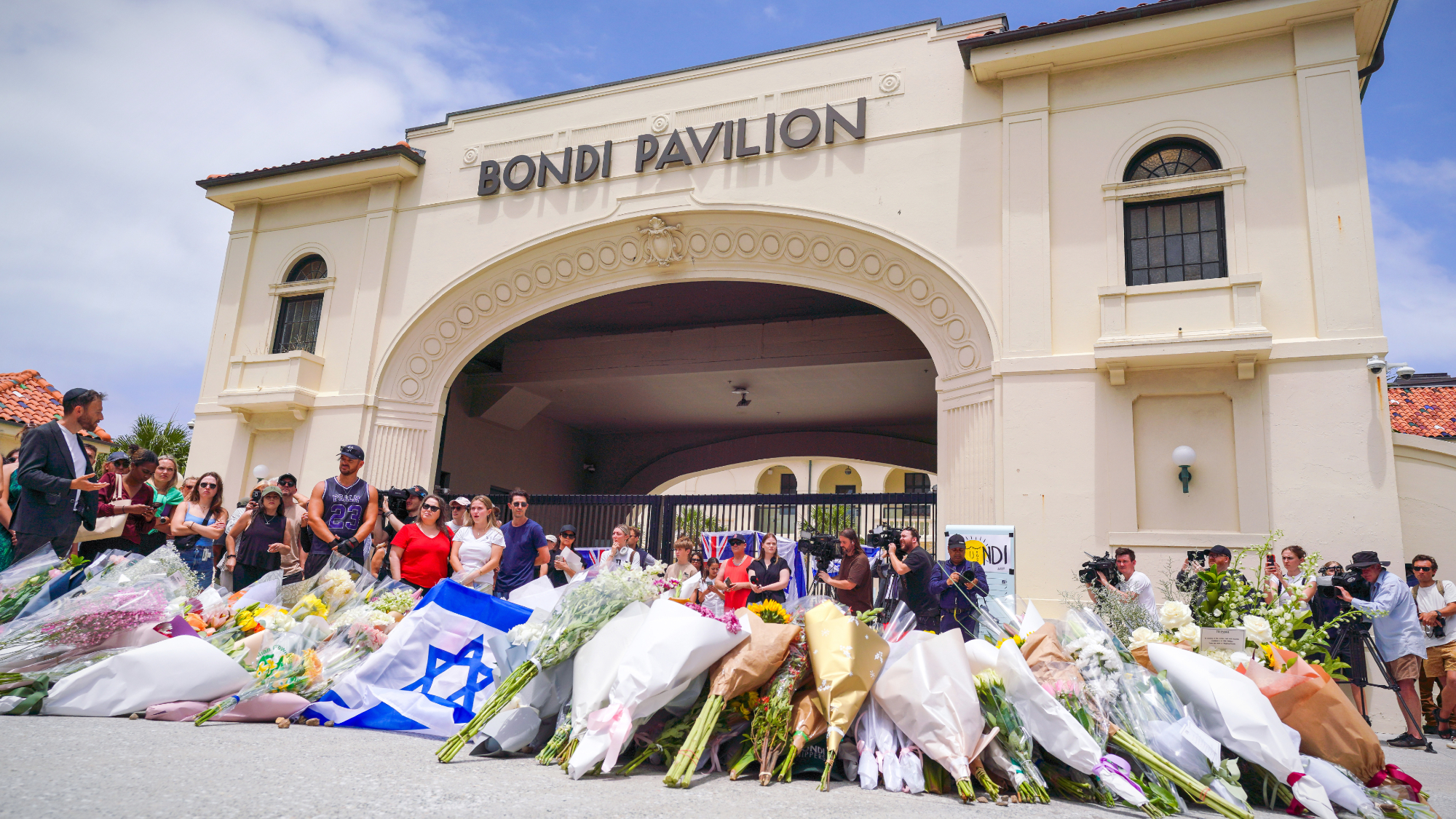 Australia weighs new gun laws after antisemitic attack
Australia weighs new gun laws after antisemitic attackSpeed Read A father and son opened fire on Jewish families at Sydney’s Bondi Beach, killing at least 15
-
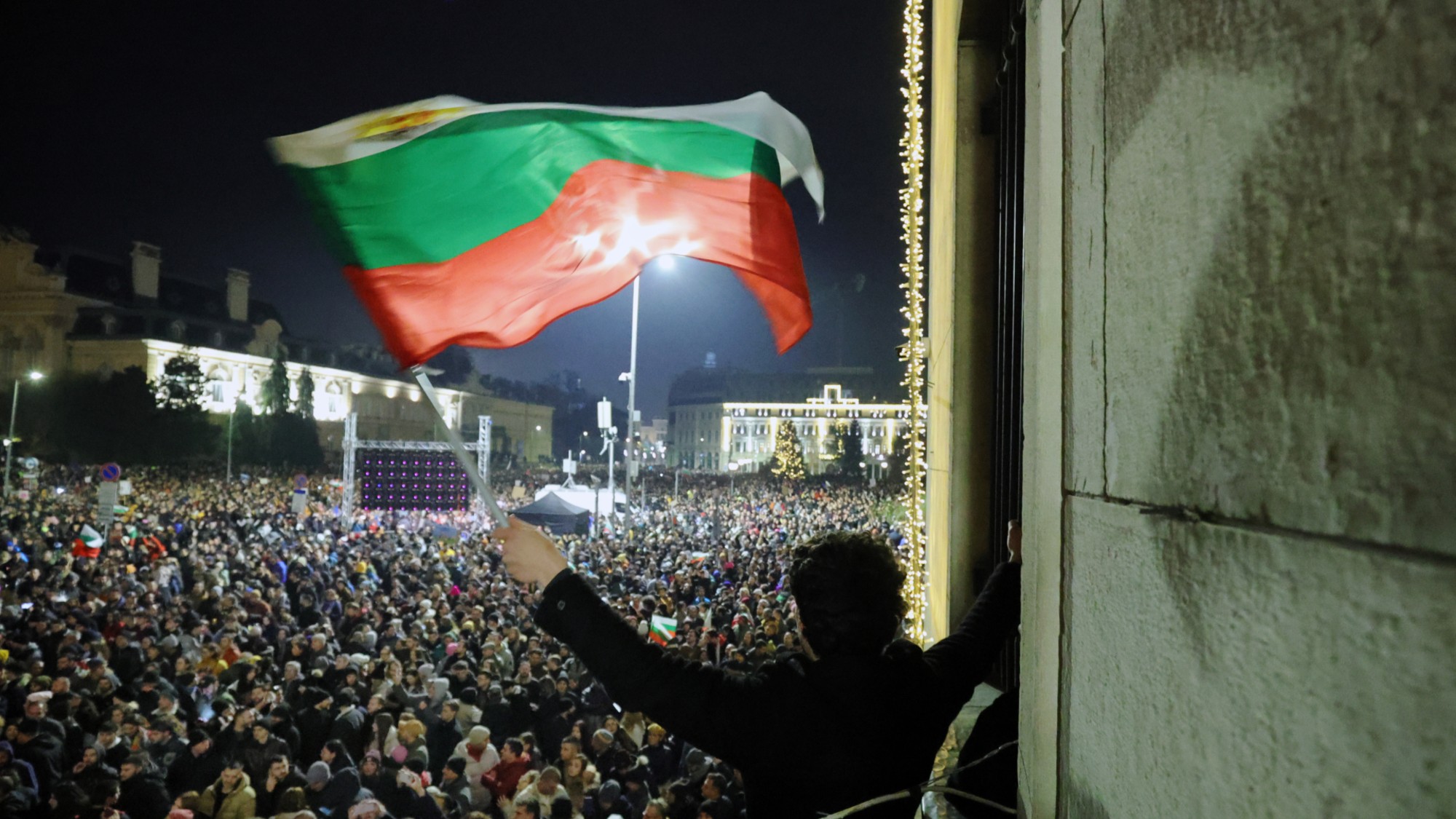 How Bulgaria’s government fell amid mass protests
How Bulgaria’s government fell amid mass protestsThe Explainer The country’s prime minister resigned as part of the fallout
-
 Benin thwarts coup attempt
Benin thwarts coup attemptSpeed Read President Patrice Talon condemned an attempted coup that was foiled by the West African country’s army
-
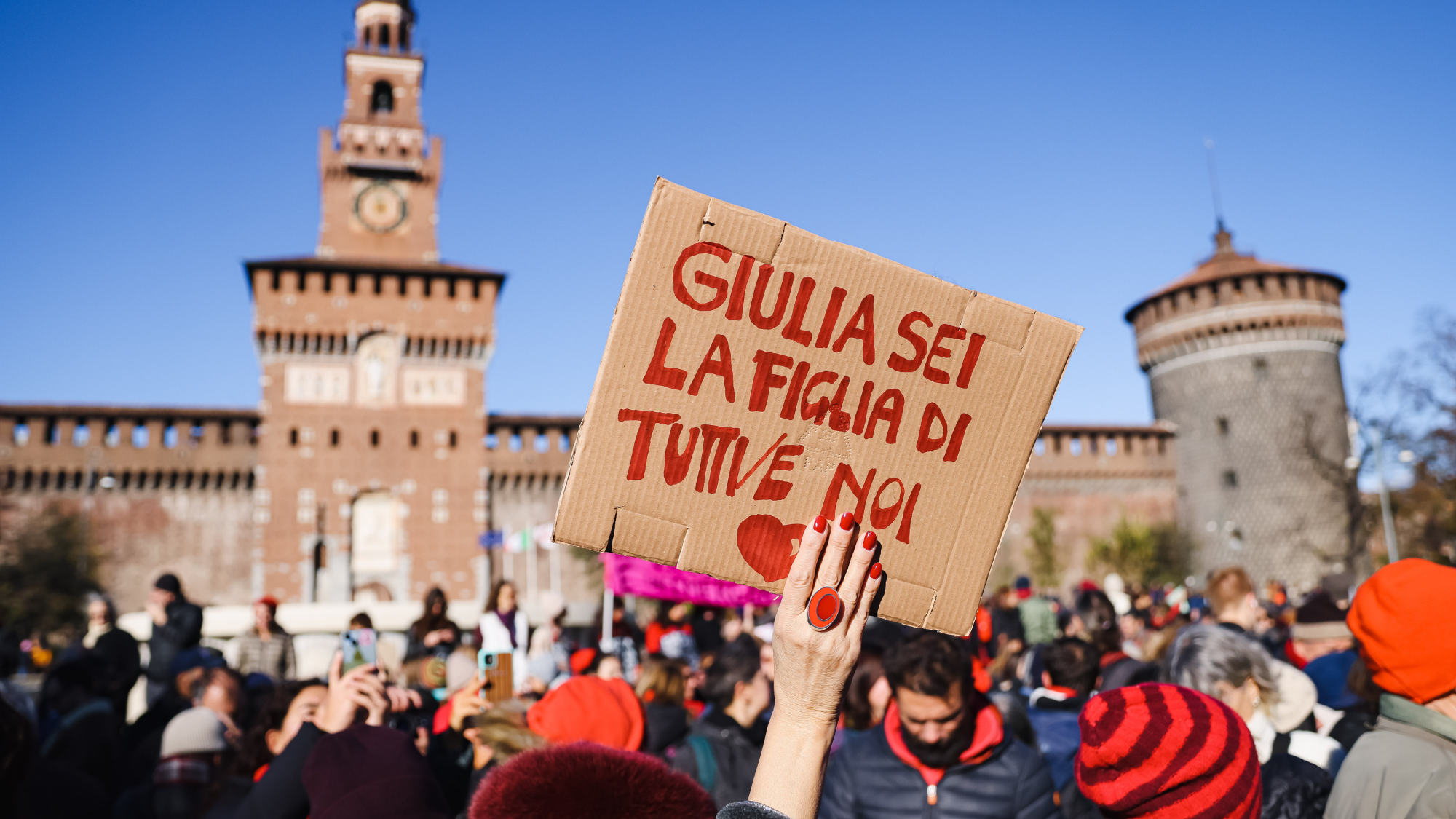 Femicide: Italy’s newest crime
Femicide: Italy’s newest crimeThe Explainer Landmark law to criminalise murder of a woman as an ‘act of hatred’ or ‘subjugation’ but critics say Italy is still deeply patriarchal
-
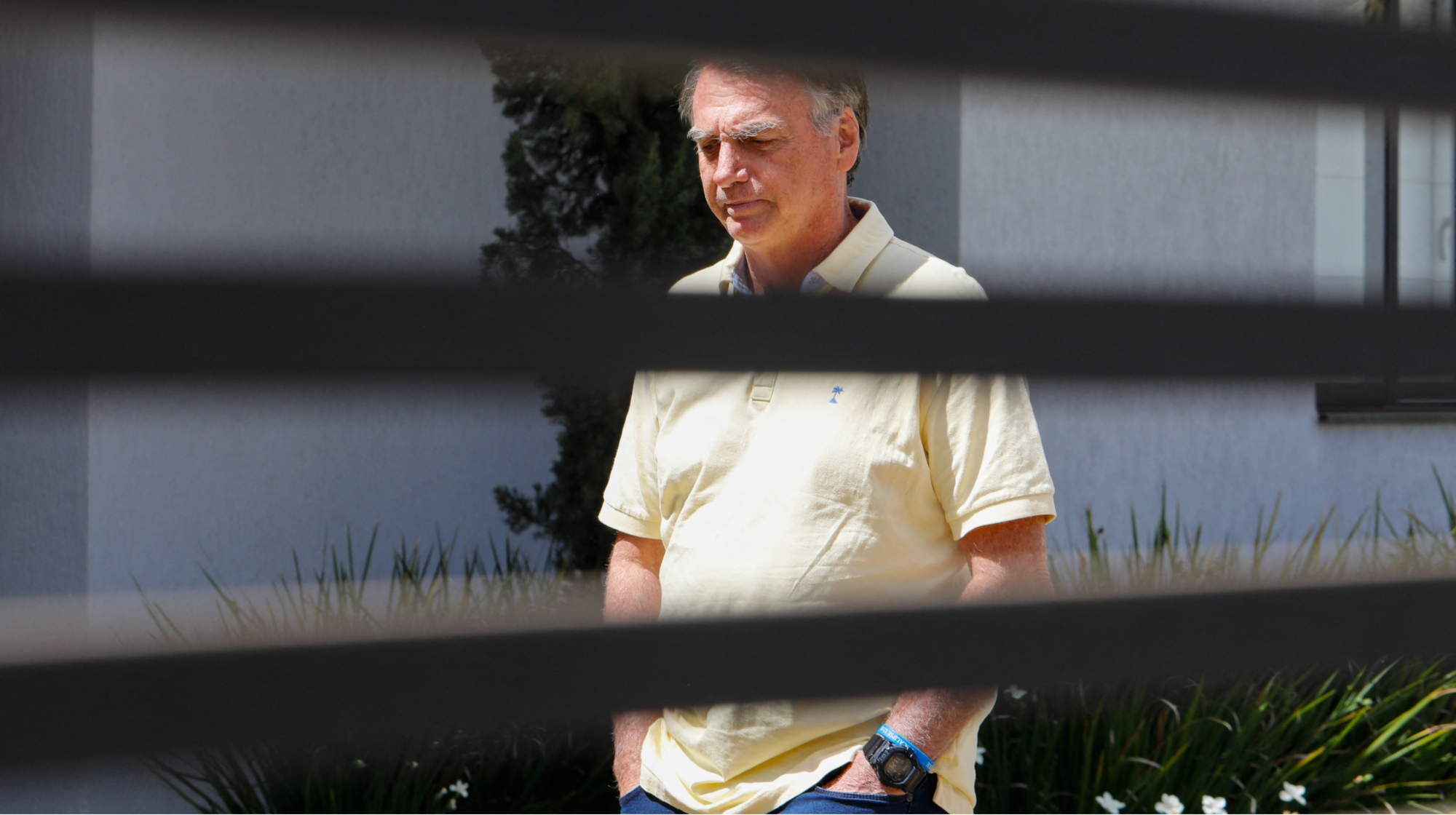 Brazil’s Bolsonaro behind bars after appeals run out
Brazil’s Bolsonaro behind bars after appeals run outSpeed Read He will serve 27 years in prison
